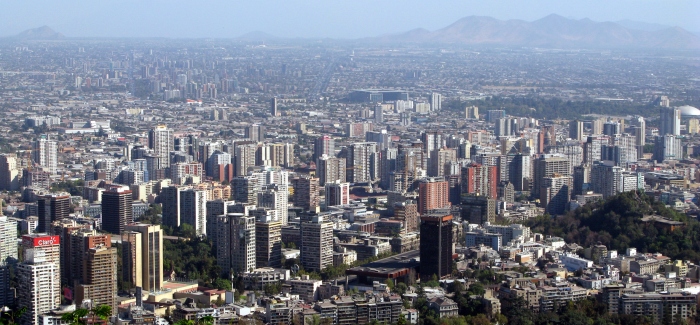**Update: get the latest list of top universities in Brazil here, based on the 2016 edition of the QS University Rankings: BRICS.**
Recent years have seen a growing international recognition for universities in Brazil, with 22 Brazilian institutions featured in the 2013/14 QS World University Rankings®. The new QS University Rankings: BRICS, developed in collaboration with Russian news agency Interfax, makes it possible to see how the top universities in Brazil compare with the leading institutions in fellow fast-growing economies Russia, India, China and South Africa.
A total of 17 Brazilian universities are ranked among the top 100 BRICS universities, and the 11 top universities in Brazil are all within the BRICS top 50. With stiff competition from four countries that have all been investing heavily in developing their higher education systems, it seems Brazil is succeeding in holding its own.
Development in Brazil has certainly been rapid. It’s one of the world’s leading agricultural exporters (Brazilian coffee, anyone?), the HQ for several native multinationals competing successfully in world markets, and has a fast-growing middle class, though favelas (shanty towns) are still a fairly common sight.
For prospective international students, incentives to study in Brazil include a generally warm climate (ranging from equatorial to oceanic), easy-going party atmosphere, distinctive cuisine and highly developed urban infrastructure. Not forgetting, of course, the nation’s huge areas of natural beauty – including the Amazon River and Rainforest, wetlands filled with wildlife, and the UNESCO World Heritage-designated Iguaçu National Park.
Here’s a closer look at the 10 top universities in Brazil...
Universidade de São Paulo (USP)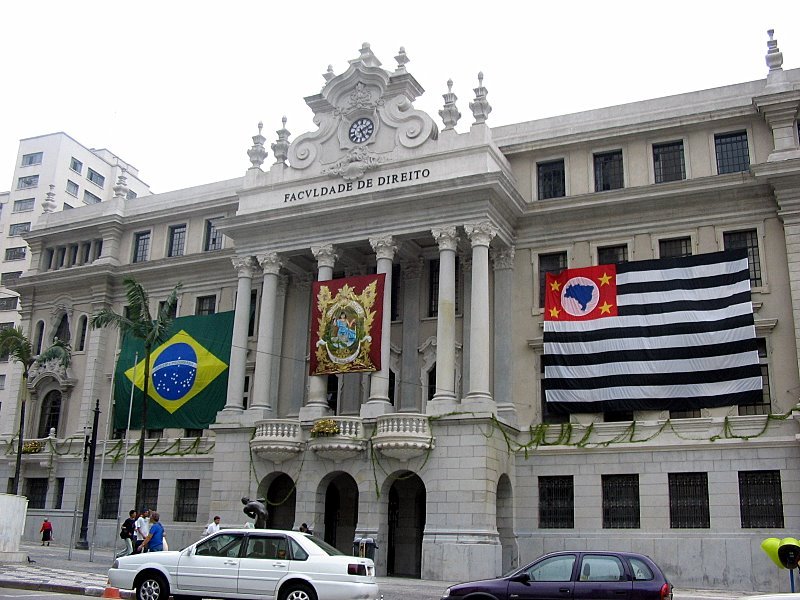
The first Brazilian university in the QS University Rankings: BRICS is the Universidade de São Paulo (USP), ranked 8th among BRICS universities. USP is Brazil’s largest university, with over 88,000 students and more than 21,000 staff. It has 11 campuses of which four are in São Paulo (Brazil’s largest city), as well as five associated hospitals including a veterinary hospital, over 24 museums and galleries, a drama theater, cinemas, orchestra and even a TV channel.
As well as being abundant in student facilities, USP accounts for a large proportion of the scientific papers produced by Brazilian researchers for high quality conferences and journals. It’s also a participant in schemes such as Rede Magalhães (SMILE – Student Mobility in Latin America, Caribbean and Europe) as part of its philosophy of welcoming students from all around the world.
Clearly, USP has succeeded in establishing a strong international reputation; in QS’s global surveys, it’s rated third among BRICS universities by academics and fifth by employers. It’s also within the BRICS top 10 for its percentage of academic staff with a PhD. Other areas in which USP scores well include its rate of research output and impact of research. Areas for improvement lie in faculty-to-student ratio and intake of international students, which currently lags behind its relative success in attracting overseas academics.
Universidade Estadual de Campinas (UNICAMP)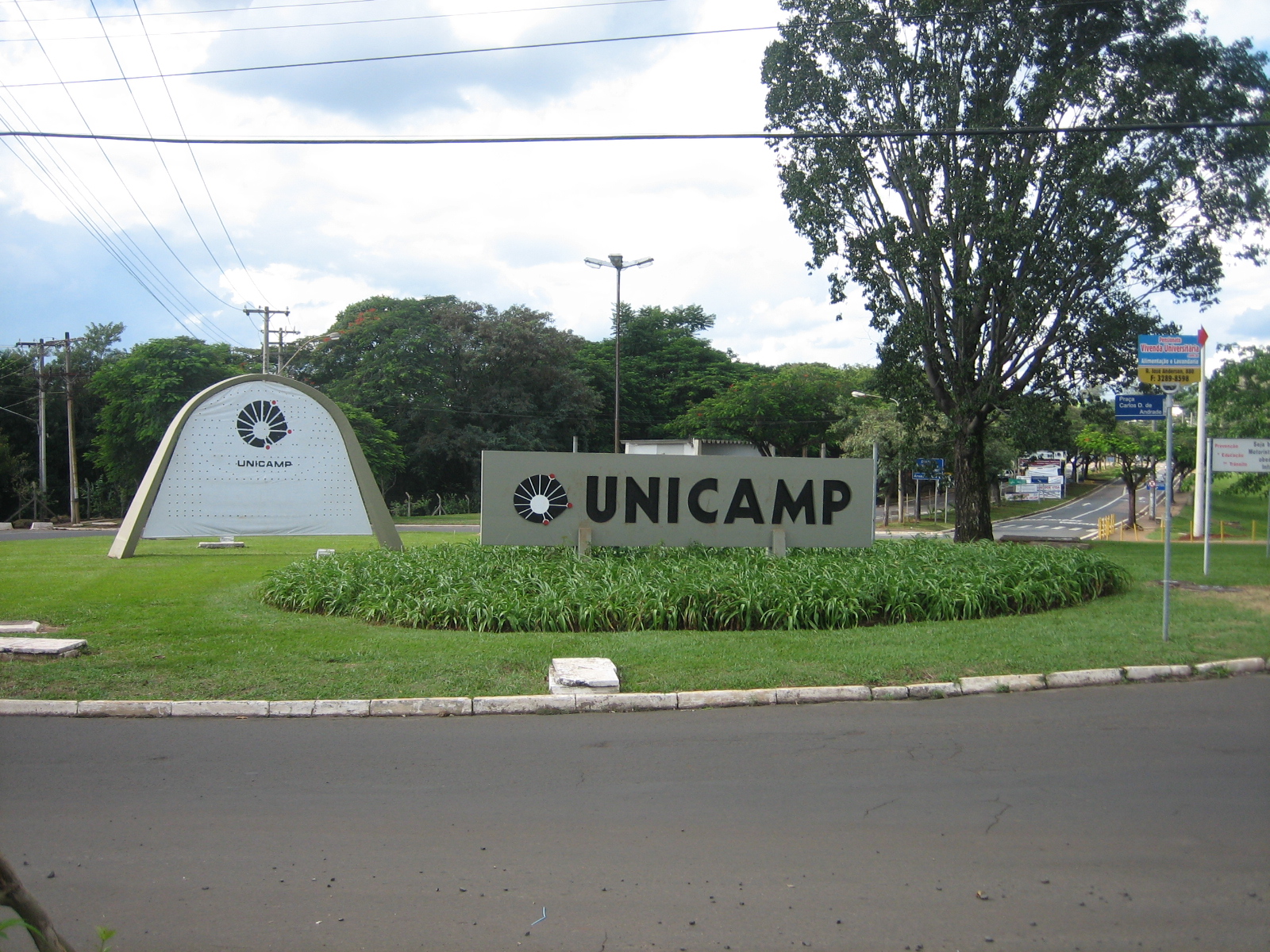
The Universidade Estadual De Campinas (UNICAMP) is the only other Brazilian university that makes it into the top 10 of the QS University Rankings: BRICS, coming in at 10th place. Like USP, UNICAMP is a public university in the state of São Paulo, and contributes to around 15% of all Brazilian research. Reflecting its strong research focus, more than half of its almost 37,000 students are at graduate level.
Featuring a large central library and courses across a broad spectrum of disciplines, UNICAMP also boasts a wide selection of sports and leisure facilities. Its teaching hospital is the largest public hospital in the region, and UNICAMP also takes part in a variety of medical assistance programs. Meanwhile engineering students are often given the chance to work on projects and junior enterprises thanks to the university’s links with institutions and companies such as Petrobras, CNPQ, Mercedes Benz, the Brazilian Army and the US Air Force.
Like USP, UNICAMP has a very strong score for percentage of staff qualified to PhD level, and also boasts a strong international reputation among both academics and employers. It also matches USP in terms of research productivity – coming out one place ahead in the indicator for research papers published per faculty member. Again, relatively weak areas are international student intake and faculty-to-student ratio. There’s also room for improvement in terms of research impact; currently it ranks 77th among BRICS universities for research citations per paper.
Universidade Federal do Rio de Janeiro (UFRJ)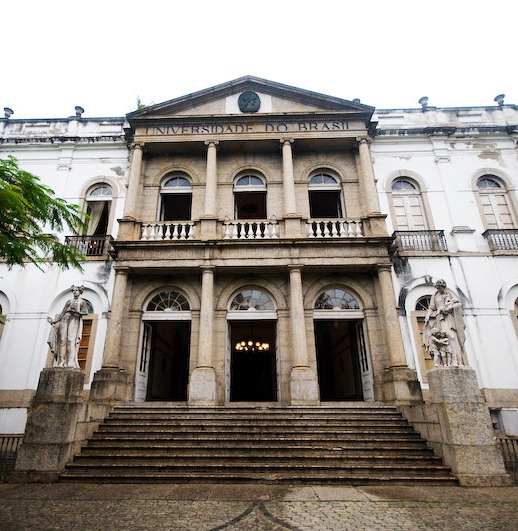
One of Brazil’s largest federal universities, the Universidade Federal Do Rio De Janeiro (UFRJ) has 157 undergraduate and 580 graduate programs to accommodate its 56,000 students and 9,300 staff members. It also has seven museums, including the National Museum of Brazil in which many of UFRJ’s researchers, offices and laboratories are housed.
The National Museum offers graduate courses in subjects such as anthropology, sociology, botany, geology, paleontology and zoology. Along with these subjects, the Universidade Federal do Rio de Janeiro offers courses in health sciences, technology, natural and mathematical sciences, legal and economic studies, philosophy and humanities and languages and arts.
Following university expansions in the 20th century, an entire set of islands on Guanabara Bay were merged to create Fundão Island. The island now hosts UFRJ’s administration, several of its colleges and research centers and is the main campus for the university – leading many Brazilians to refer to UFRJ simply as Fundão.
UFRJ is ranked 19th in the QS University Rankings: BRICS, with particularly strong scores for academic reputation, international faculty and percentage of staff with a PhD. It doesn’t quite match either USP or UNICAMP in terms of research publication rates – but does seem to be producing research that is having an impact, getting a stronger score than UNICAMP for citations per paper. Like other top universities in Brazil, UFRJ compares less favorably with other BRICS institutions when it comes to faculty-to-student ratio and intake of international students.
Universidade Estadual Paulista “Júlio de Mesquita Filho” (UNESP)
Also known as São Paulo State University, the Universidade Estadual Paulista “Júlio de Mesquita Filho” (UNESP) is a public, multi-campus university that accommodates a combined student body of almost 50,000 across its 23 campuses. UNESP has 33 faculties or institutes, 30 libraries, two hospitals, three animal hospitals and even five farms. It also has several complementary units including the Institute for Theoretical Physics (Instituto de Física Teórica). UNESP offers courses in a wide variety of subjects in the sciences, engineering and technology, humanities, social sciences and arts.
Ranking at 25th in the QS University Rankings: BRICS, the Universidade Estadual Paulista “Júlio de Mesquita Filho” joins other top universities in Brazil in boasting one of the highest ratios of staff with a PhD in the BRICS group. It scores relatively well across all eight of the indicators used to compile the ranking, though doesn’t rate as well as other leading Brazilian institutions for research impact. Following the national trend, international student ratio is a relatively weaker point – but UNESP beats the three Brazilian universities above on this indicator.
Universidade Federal de São Paulo (UNIFESP)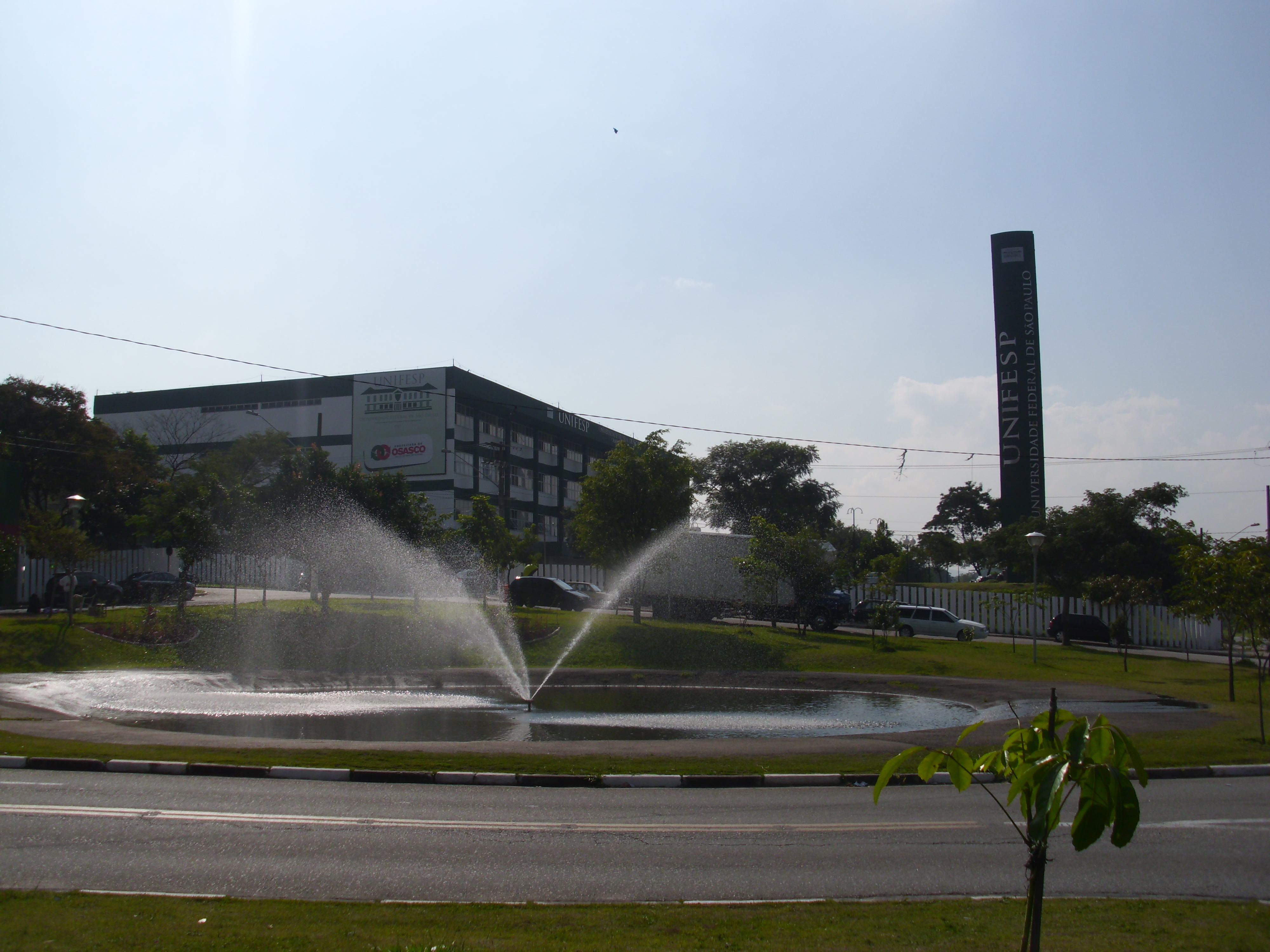
Initially specializing just in health sciences, the Universidade Federal de São Paulo (UNIFESP) is now a multi-subject university with six campuses. The oldest campus in Vila Clementino, São Paulo, retains the focus on health, as does the campus at Santos, São Paulo. Of the other campuses, the one in Guarulhos specializes in humanities, Diadema in science and engineering, São José dos Campos in computer science and mathematics and Osasco in business-related subjects. Alongside traditional degree study, UNIFESP also offers extension programs, an open university for mature students, and a virtual university for distance learning.
UNIFESP comes in at 29th place in the QS University Rankings: BRICS and, once again, boasts one of the ranking’s highest scores for percentage of staff with a PhD. UNIFESP also has an impressive score for research impact, ranking 18th in the BRICS countries for research citations per paper – a stronger score than any of the other top universities in Brazil listed here. It also beats most of its Brazilian competitors on the faculty-student ratio indicator. The only field in which its score slips is international student intake.
Universidade Federal de Minas Gerais (UFMG)
Another of Brazil’s largest federal universities, the Universidade Federal de Minas Gerais (UFMG) is located in Belo Horizante, the capital city of the state of Minas Gerais. UFMG offers 75 undergraduate degrees, across a broad subject spectrum. It also offers PhD, MSc, Post-Baccalaureate and medical internship programs to its community of almost 46,000 students. It’s especially well known for the quality of its computer science and social sciences programs.
Ranked 35th in the QS University Rankings: BRICS, the Universidade Federal de Minas Gerais shares many of the same strengths and weaknesses as other top universities in Brazil. Again, it has an excellent score for percentage of PhD-qualified staff, while lagging behind many other BRICS universities when it comes to international student enrollments – though faring much better on international faculty recruitment. It has a strong reputation among academics, and scores well for both research productivity and impact, with faculty-to-student ratio being its weakest area.
Pontificia Universidade Católica de São Paulo (PUC-SP)
The highest ranking Catholic university in the QS University Rankings: BRICS, the Pontificia Universidade Católica de São Paulo (PUC-SP) is a non-profit private university with almost 20,000 students and a staff of 1,500. Headed by the Catholic Archdiocese of São Paulo, PUC-SP offers courses in science and technology (primarily taught in the Consolação campus), business and economics (at the Santana campus), and medical sciences and health (taught in the city of Sorocaba). A fourth campus in the city of Barueri also offers courses in business, economics, physical therapy and psychology.
The Pontificia Universidade Católica de São Paulo comes in at 36th in the BRICS ranking, getting its highest scores for employer reputation and faculty-to-staff ratio – on the latter indicator it beats all of the other top universities in Brazil included in this top 10. Its percentage of staff with a PhD, on the other hand, lags a little behind those of the top public universities, as do its scores for research production and impact.
Universidade Federal do Rio Grande do Sul (UFRGS)
Although almost completely located in Porto Alegre in the state of Rio Grande do Sul, the Universidade Federal do Rio Grande do Sul (UFRGS) has four campuses (Campus Centro, Campus Saúde, Campus Olímpico and Campus do Vale) and scattered buildings representing the Business School and the Institute of Arts. It also has a hospital located in the center of Porto Alegre. Catering to almost 33,000 students, UFRGS is notable in producing many alumni who have gone on to prominent positions in governmental and non-governmental organizations, including three Brazilian presidents.
The Universidade Federal do Rio Grande do Sul is ranked 38th in the QS University Rankings: BRICS, and follows the national trend in boasting one of the ranking’s top scores for percentage of staff with a PhD, and a very strong reputation among academics – though not quite as highly reputed among employers. Like most of Brazil’s top institutions, it compares less favorably with other BRICS universities for number of academic staff employed per student enrolled.
Pontificia Universidade Católica do Rio de Janeiro – (PUC-Rio)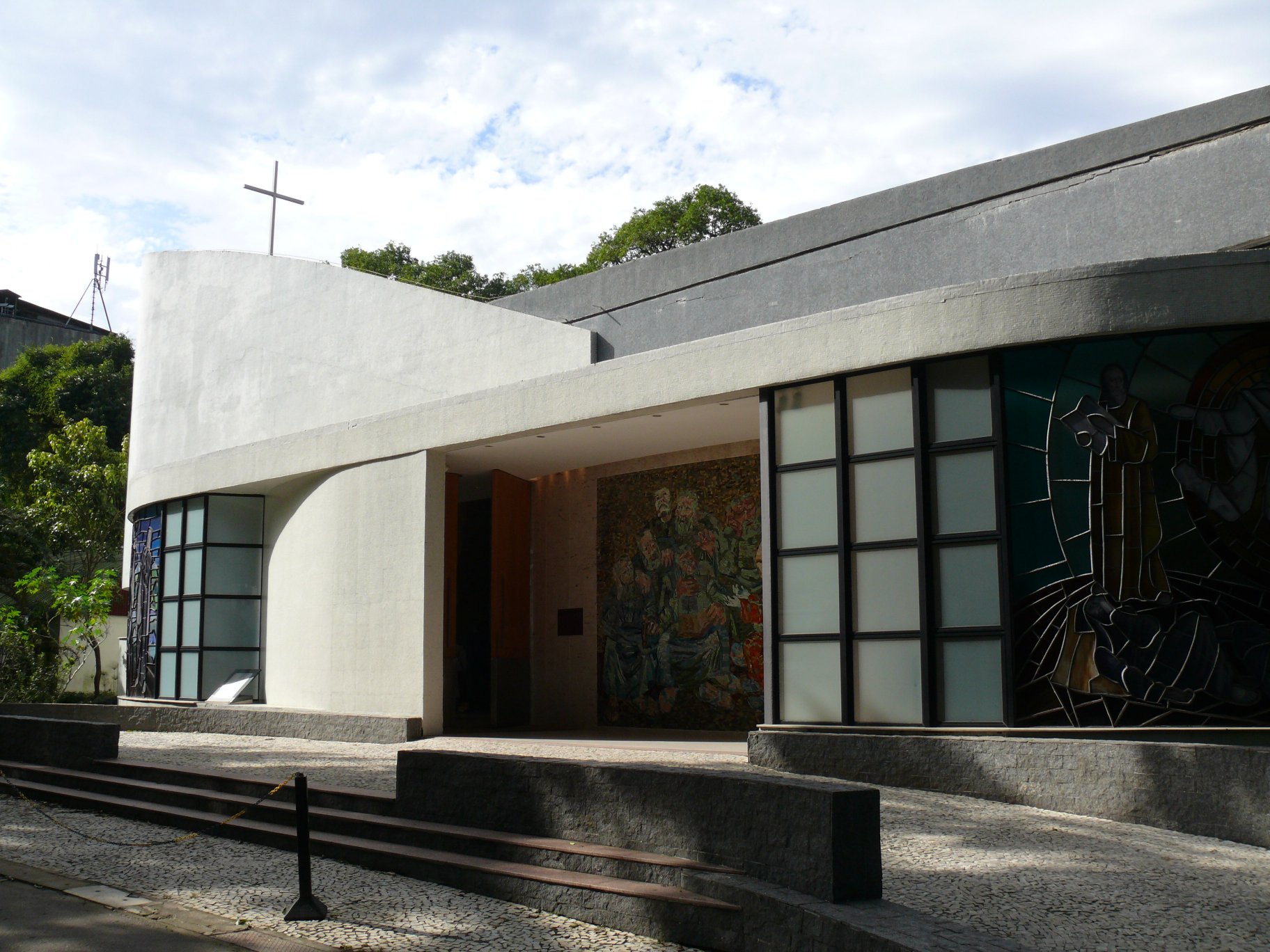
The second private non-profit Catholic university to feature among Brazil’s top universities is the Pontificia Universidade Católica do Rio de Janeiro (PUC-Rio), maintained by the Catholic Archdiocese of Rio de Janeiro and the Society of Jesus. Offering courses in subjects such as business and international relations, computer science, economics, engineering, law and psychology, PUC-Rio has approximately 17,900 students, 800 academic staff and a large campus in Rio de Janeiro.
Ranked 41st in the QS University Rankings: BRICS, the Pontificia Universidade Católica do Rio de Janeiro has a good academic reputation score, along with a good ranking for its percentage of international faculty and staff with a PhD. Like other top universities in Brazil, it doesn’t score so well for international student intake or faculty-student ratio when compared to other BRICS institutions. However, when compared to the other nine universities listed here, it has the strongest score for international student representation, but weakest faculty-student ratio.
Universidade Federal de São Carlos (UFSCar)
Rounding off the top 10 universities in Brazil, the Universidade Federal de São Carlos (UFSCar) places 43= in the BRICS ranking. Located in São Carlos, in the state of São Paulo, UFSCar has an enrolment of around 14,000 students, and 1,000 academic staff based across three campuses – two in São Carlos and one in Sorocaba. A new, rural campus at a farm in Lagoa do Sino is also available, which focuses on courses in food security, family agriculture and sustainable development. Rich in facilities, UFSCar hosts more than 321 laboratories, two libraries, and a host of theaters, auditoriums, gyms, sports centers, restaurants and classrooms.
The Universidade Federal de São Carlos scores fairly consistently well across most of the indicators used in the ranking, getting its strongest score for percentage of staff with a PhD and its weakest for international student ratio. Again, its performance is reflective of overall trends in Brazilian higher education, with the new BRICS ranking highlighting Brazilian universities’ strengths in research production and influence, recruitment of international staff and highly qualified faculty members – while areas for improvement are international student enrolments and ratio of academic staff to students.
Image credits: Wikimedia Commons

